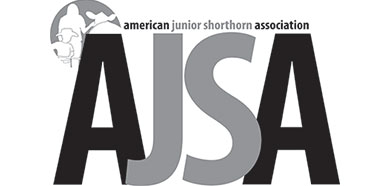With added emphasis being place on today’s cattle producers to utilize performance data within their operations, many may be left wondering what the benefits will be. Sometimes as a small breeder it is easy to ask “what does my data really matter, if any, besides-I only want to register a few head this year.”
Performance should matter to all breeders; no matter how big or how small. Performance data relies on the submission of data from all breeders and cattle. When considering how EPD’s work, all data is averaged to give indicators of genetic performance. When only cattle to be registered have data submitted, it skews the accuracy of all EPD’s. The concept is simple; we need all the data we can get for the most accurate EPD’s possible.
Some beneficial thoughts about submitting and utilizing performance data:
- EPD’s are a common sense approach to competing with other breeds in a factual, easy to compare manner. When the ASA completes its transition to the Multi-Breed EPD system, breeders will receive EPD’s that compare to the largest genetic evaluation system in the industry.
- Improved marketing opportunities will result for cattle with EPD data to back their genetics. Cattle that are proven with accurate EPD results will be more appealing to customers who want to keep performance in check.
- The breed will experience long term improvement through better data records. Performance records take the effort of all breeders submitting data for the good of the whole breed to be of great use.
The Shorthorn breed has a decision to make as the ASA transitions to the Multi-breed EPD evaluation system. Will the Shorthorn breed utilize performance data to its full potential? Please take time to consider the impact your herd’s data can play in the enhancement of the whole breed.


![[ Random Image ]](/wp-content/themes/ajsa/headers/header4.jpg)


